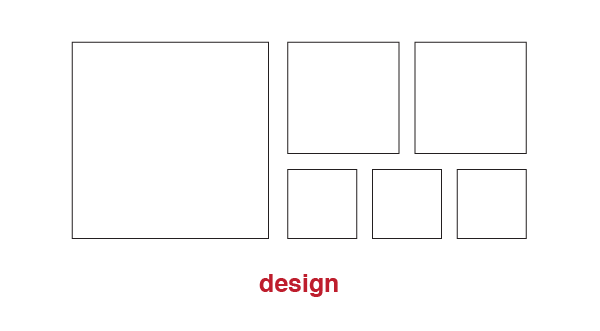In college I remember being asked to define what a graphic designer is. My response was something to the effect of, “We package information.” As time has gone on, I find myself holding to that idea more strongly than ever.
A recent post on Design Observer by Adrian Shaughnessy attempted to draw a connection between the riots happening in Britain and the designers role in manufacturing a consumer society. I understand his reasoning, but I reject his thesis. I reject the premise that designers are even taking part in this conversation.

To begin, we have information. Information is neutral. Information doesn’t have an opinion, it just exists. Information could be copy for an ad, statistics for a chart, a photo for a magazine, or a schematic for a shoebox. These items are, at their core, information.

Next we have design. Design’s role is to order and present information. It makes things legible, or tangible, or understandable. The key thing here is that we are still talking about information, the product hasn’t changed, only the presentation of it.
Some might argue that it is within the context of that presentation that designers can create undesirable effects in society. We designers can sometimes turn to what we feel a market might respond to, for example looking “cool,” in an attempt to influence our audience. We rely on societal feelings about certain subjects to provoke a response, but this reaction isn’t a guarantee. Responses to work come wholly from individuals and their own grasp of the world, and to argue that designers can manufacture realities for a population is to give us far too much power and credit.
To put this in more concrete terms, consider statistics on those living in poverty in the United States. Now take those numbers and package them as a graphic or chart, doing your very best to avoid any bias. No matter how good you are at your job, such a design would garner hugely different responses depending on your audience. The political left or right would have a take, the financially well-off or the middle class would have a different take, and the employed or unemployed would would have yet another!
My argument has nothing to do with doing work that one finds meaningful, or donating ones time to promote something they feel is positive. The supposition in articles like Shaughnessy’s and the First Things First Manifesto is that designers have an active role in the manipulation of society. My feeling is that our product is neutral at best, and to assign ourselves as curators of morality in such a diverse culture is to belittle the rationality of individuals.

